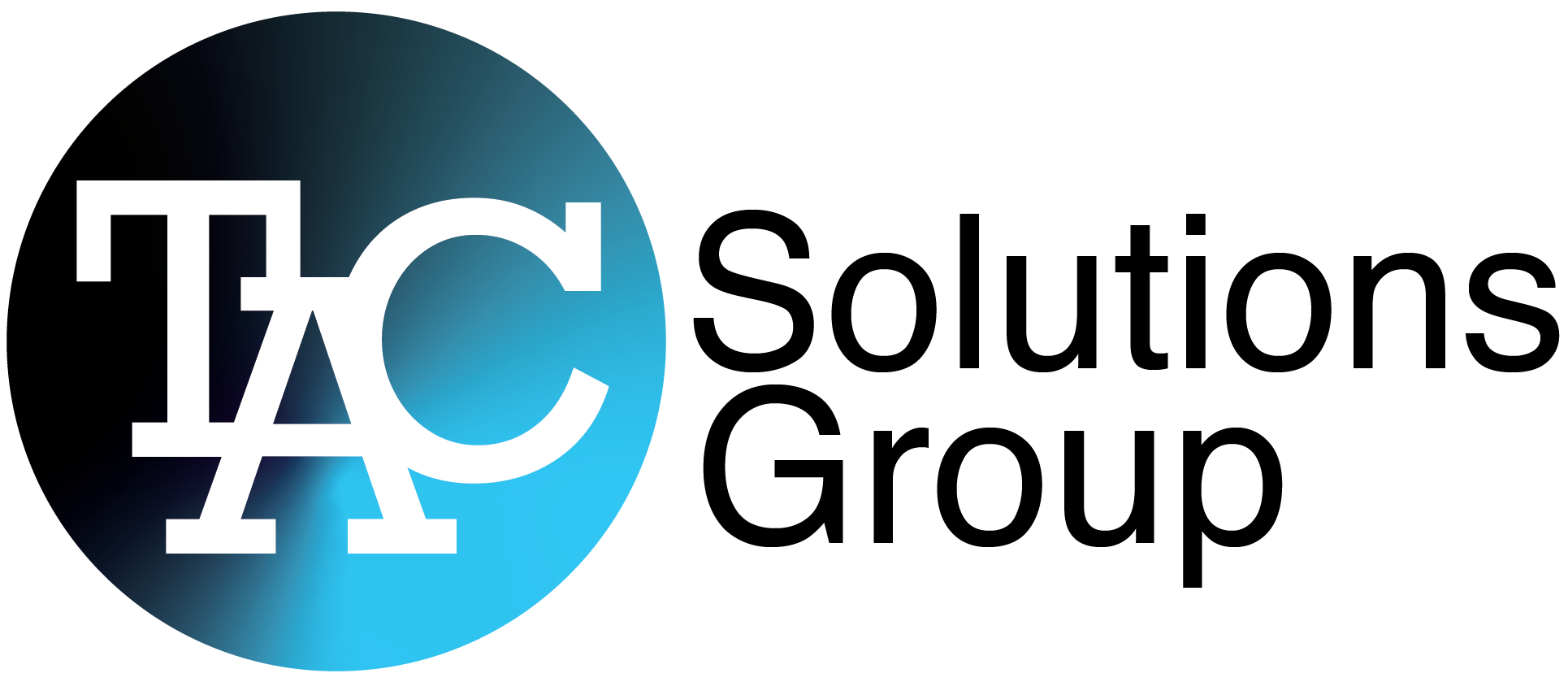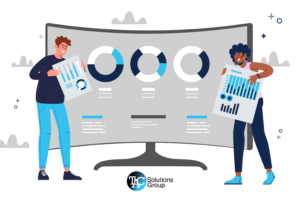Has your organization fully adopted ASC 606 Compliance? Are you struggling with manual calculations because they are not in NetSuite? In this article TAC will provide conceptual ideas and recommended best practices for how to create and manage your Contract Obligations in NetSuite.

Over the course of my career I have seen and been exposed to many articles and individual thoughts on how people think NetSuite should work with ASC-606. One thing I have noticed over and over again is that these concept are lacking in execution as it pertains to full deployment. Anyone can put generalized thoughts and plans on paper, however the execution and understanding of the application architecture is often missing. In this article TAC will explain how NetSuite “Natively” handles revenue allocations and processing. We will provide practical methodology to how you can leverage these components to align with your ASC-606 Memo.
Understanding ASC 606
ASC 606 is an accounting standard, that creates the framework within GAAP for recognizing revenue as per customer contracts. The core principle of ASC 606 is that an entity should recognize revenue to depict the transfer of promised goods or services to customers in an amount that reflects the consideration to which the entity expects to be entitled in exchange for those goods or services. This accounting standard was deemed active for all fiscal years starting after Dec. 15th, 2017. When reviewing ASC 606 it breaks a contract into five (5) major areas of focus.
- Identify the Contract with a Customer
This is the first step and the most important as it outlines the criteria that must be met for a contract to be established before providing a customer with goods and/or services. - Identify the Performance Obligations in the Contract
Before an entity can identify its performance obligations in a contract with a customer, the entity first identifies the promised goods or services in the contract are distinct. ASC 606 includes two criteria for assessing whether promises to transfer goods or services are distinct. One of those criteria is that the promises are separately identifiable. The amendments in this Update are expected to reduce the cost and complexity of applying the guidance on identifying promised goods or services by adding the following guidance:- An entity is not required to assess whether promised goods or services are performance obligations if they are immaterial in the context of the contract with the customer.
- An entity is permitted, as an accounting policy election, to account for shipping and handling activities that occur after the customer has obtained control of a good as an activity to fulfill the promise to transfer the good rather than as an additional promised service.
- An entity is not required to assess whether promised goods or services are performance obligations if they are immaterial in the context of the contract with the customer.
Determine the Transaction Price
The transactional price in this step refers to the cash and/or non-cash value that an entity is entitled to receive from the customers in the contract. Price considerations include any variable price concessions provided to the customer. Examples:
- Discounts
- Add-Ons
- Contract Modifications (Mid-Cycle Subscriptions or Early Renewals)
- Custom Pricing (Pricing different that Standard Selling Price)
- Fixed Bids (Pricing that alters original Standard Selling Price)
- Allocate the Transaction Price
Like SaaS, goods or services being delivered can generate a recurring nature in regard to a performance obligation. Often these performance obligations can be split and require a revenue share when one or more of the obligations revenues is considered above or below SSP and is deemed material. Recognize Revenue when or as the Entity Satisfies a Performance Obligation
Entity is responsible for recognizing revenue when the contractual obligation is delivered and/or met. Revenue obligations for industries like SaaS recognizing the revenue can become complicated and most business technologies struggle to maintain compliance.
Bridging the GAP with NetSuite
When using NetSuite, users can leverage NetSuite’s Advanced Revenue Management otherwise known as (ARM) functionality to help alleviate the challenges associated with the new accounting standard. ARM automates revenue forecasting, allocations, revenue recognition, reclassification, and auditing through a rule-based event handling framework. It is NetSuite’s software solution to help organizations maintain compliance with the ASC 606 revenue standards for multi-element sales. When implemented correctly ARM can be a valuable tool in automating the revenue compliance for your organization.
With ARM you can defer revenue recognition across future periods according to the rules you configure. It also supports fair values based on vendor-specific-objective-evidence (VSOE), best estimate of selling price (ESP), third party evidence (TPE), and other fair value methods that your company may utilize. These fair values are used to determine the revenue allocation ratios for multi-element transactions.
Advanced Revenue Management Process
When you have multi-element sales, the selling price of the elements may not be the same as their fair value. The sum of the fair value amounts also may not equal the total sales price. Revenue allocation distributes the revenue from a sale across its elements in proportion to their calculated fair value amounts.
The following records and transactions are used in the NetSuite Advanced Revenue Management process:
- Revenue arrangements – Transactions that record the details of customer performance obligations for purposes of revenue allocation and recognition. Advanced revenue management automatically creates revenue arrangements from predefined revenue sources, such as approved sales transactions. The arrangements from multiple revenue sources can be consolidated.
- Revenue elements – Records that correspond to individual lines in a source. Revenue elements are attached as lines on a revenue arrangement.
- Revenue recognition rules – Records that define patterns for revenue recognition. They include, for example, the recognition method, amount source, and start and end date sources.
- Revenue recognition plans – Records that indicate the posting periods in which revenue should be recognized and the amount to be recognized in each period. Revenue plans are derived from revenue recognition rules. Each revenue element has a forecast plan and one or more actual plans. The actual revenue plans control the posting of revenue.
- Fair value price list – List of the records that define the fair value for items. Fair value price is used to allocate revenue in revenue arrangements.
The following are a list of default revenue rules available within NetSuite for your company to utilize. TAC consultants can create/customize new rules to allow for adaptation of client requirements.
- Default Standard – This rule defines revenue recognition plans that begin and end on the same date so that revenue is recognized as soon as the revenue recognition journal entries are created.
- Default One-Time Posting – This rule is used for all elements in a revenue arrangement when the source transaction includes a posting discount.
- Default Percent Complete – This rule is for projects that are attached to a sales transaction. It is generated only when the Projects feature is also enabled.
- Custom – Enables you to define amortization terms that can include uneven periods, amounts and multiple income accounts.
Vendor Specific Objective Evidence “VSOE”
In NetSuite, you can track Vendor Specific Objective Evidence (VSOE), which is used to describe the fair market value of an item sold individually, as opposed to the assigned sales value of the item sold as a member of a multiple-element bundle.
VSOE revenue recognition is commonly used when software products and services in multiple-element bundles are sold, and the procedures identified in the American Institute of Certified Public Accountants (AICPA) Statement of Position 97-2 (SOP 97-2) and SOP 98-9 (the residual method) need to be followed.
Common VSOE Scenarios are listed below:
- License
- Maintenance
- Professional Service
- Reimbursement of Expenses – 100% at time of sale or recognized over the term of the contract.
How TAC Can Help
TAC’s team of Certified NetSuite Consultants have years of experience in reviewing clients ASC 606 memo, drafting requirements, providing Proof of Concepts, customizing NetSuite to meet compliance, NetSuite multi-book accounting, and migrating from ASC 605 to ASC 606 within a business technology. We have helped many clients achieve automation and reduce revenue to close timelines.
If you have further questions or want to schedule a demo of the NetSuite functionality, please Contact Us.




